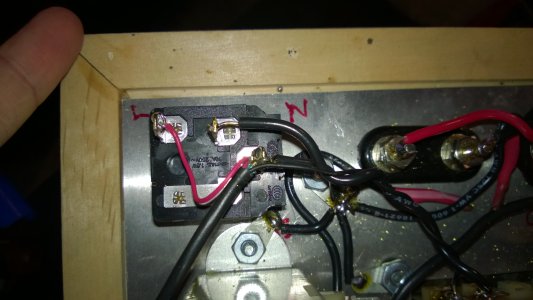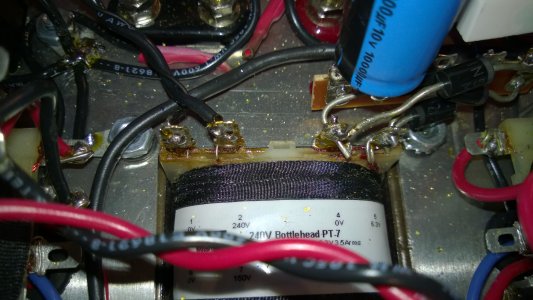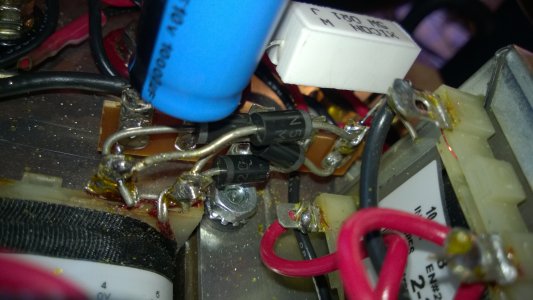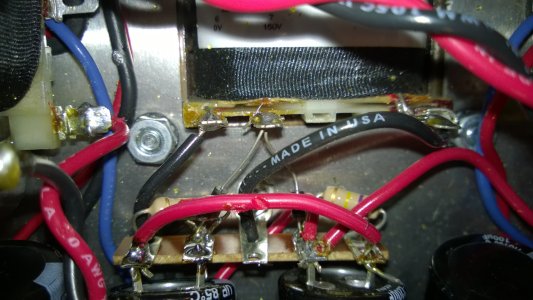PassionForSound
New member
Hi all,
I'm currently trying to salvage a bit of a mess. A friend of mine tried to build a SEX, but has made a bit of a hash of it (no offense intended to him).
After rebuilding the obvious issues, I've tested the resistance and everything is ok, but the SEX keeps blowing fuses. I've tried testing for shorts in the power circuit, and the first thing I'm wondering is if (testing from the main earth near the power inlet) 0.4 ohms at the transformer terminals 4 and 5 is my issue.
Any other suggestions for tracing a fuse-blowing short when all resistance checks are fine and there are no visual signs of shorts?
I'm currently trying to salvage a bit of a mess. A friend of mine tried to build a SEX, but has made a bit of a hash of it (no offense intended to him).
After rebuilding the obvious issues, I've tested the resistance and everything is ok, but the SEX keeps blowing fuses. I've tried testing for shorts in the power circuit, and the first thing I'm wondering is if (testing from the main earth near the power inlet) 0.4 ohms at the transformer terminals 4 and 5 is my issue.
Any other suggestions for tracing a fuse-blowing short when all resistance checks are fine and there are no visual signs of shorts?




